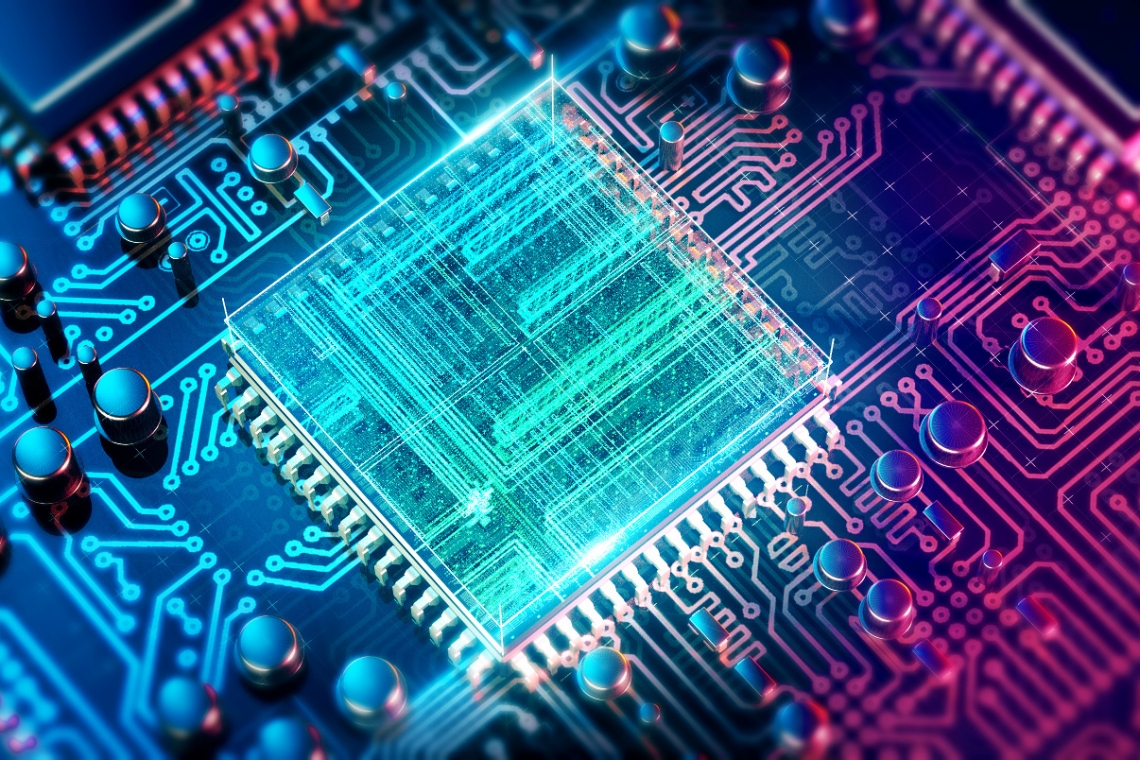Choosing the best processor for your next computer can be daunting, what with AMD and Intel rolling out new chips every few months. And that’s without factoring the specifics of finding a processor that works best for graphic design, 3D rendering or web development. The good news is that we're here to help you cut through all that noise.
Whether you’re trying to update components in your current workstation or investing in a new computer altogether, the processors on this list will help you make that crucial decision (if the latter is the case, explore our list of the best computers for graphic design or the best laptops for designers). First, let's take a quick look at the specs to look out for when buying a processor.
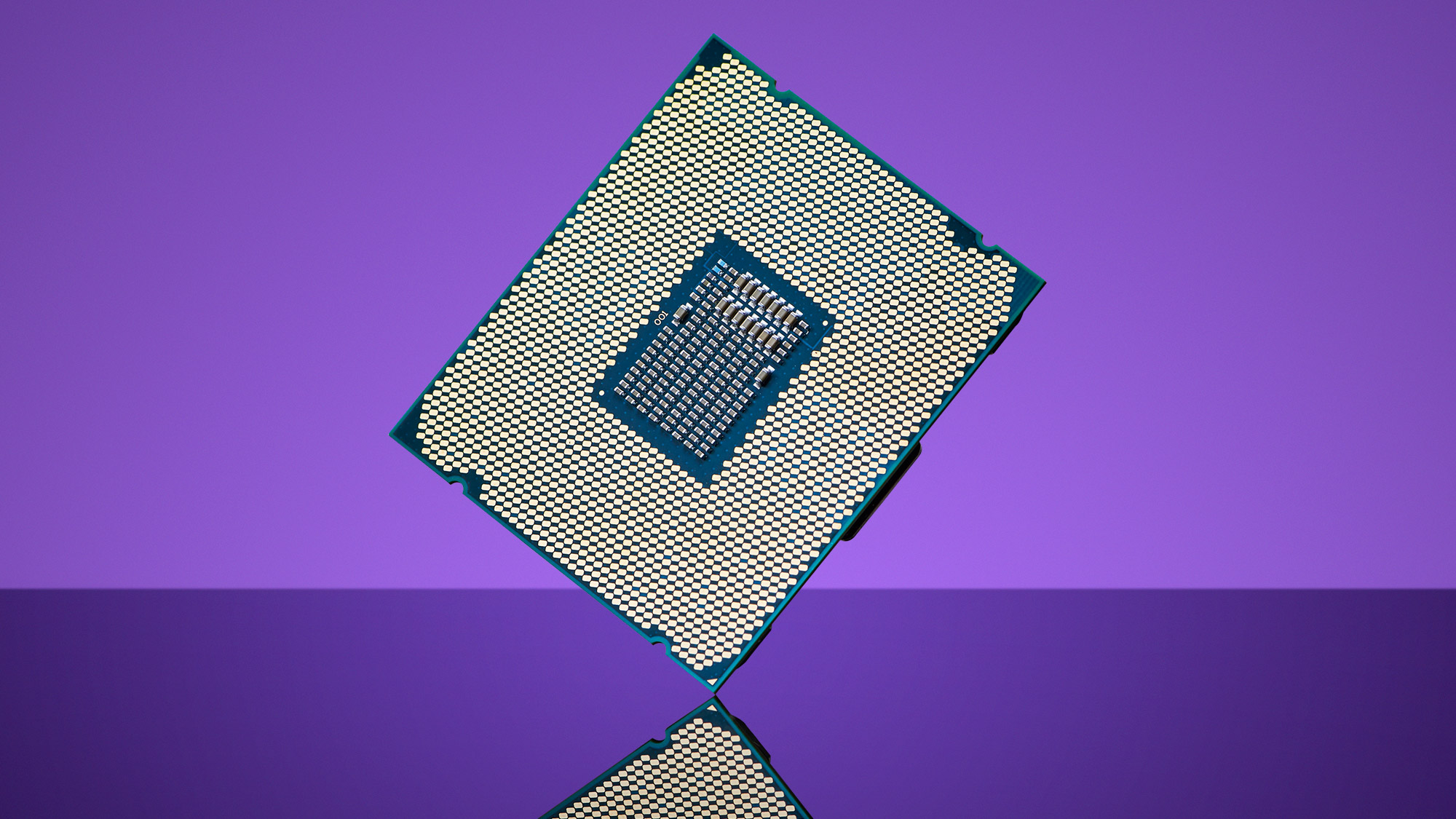
What to look for in a processor
Processors are incredibly important, as they are the brains of a computer. For artists who do their work on the computer, however, particular specifications need to be met to ensure seamless workflow and time efficiency.
The clock speed might be the easiest spec to look at when comparing different options, but it’s not quite that simple. While you might be looking at which CPU is the fastest, you must also consider the number of cores as well. This is vitally important if you’re doing video editing or 3D rendering, as a processor with more cores will essentially split the workload between them. That enables them to complete tasks quicker than a processor with a higher clock speed but fewer cores.
Perhaps the most contentious aspect of choosing a processor is picking a brand – namely, whether to buy Intel or AMD. They both offer excellent options for different needs and budgets, but also differ in some significant ways. Intel is known more for its higher clock speed while AMD is typically cheaper and offers more cores, especially with its 3rd-generation Ryzen line.
Core count is vital for creative work, and AMD and Intel have both raised the stakes recently. AMD has unleashed its AMD Ryzen 9 3950X, while Intel has fired back with the Intel Core i9-10980XE. These chips have 16 and 18 cores respectively, which makes them powerhouses when it comes to video and design tools.
However, don’t shell out on one of these chips unless you really need their power – they’re designed for high-end professional tasks rather than mainstream work. While it’s tempting to buy the best chip you can afford, it’s just wasted money unless you know you’re going to make use of it.
New processor or new computer?
Deciding on whether to upgrade your current machine or just spring for a new processor depends on a few things. A number of computers, notably Ultrabooks and Macbooks, aren’t upgradeable. The processors are soldered in to help keep that svelte design as thin as possible. If you’re leaning towards a more portable solution, consider getting the configuration with the most powerful components, as you aren’t likely to be able to upgrade it later.
On the other hand, desktop computers are very upgradeable. If you’ve already got one, putting in a CPU might breathe new life into what you thought was a dinosaur and save you the price of a new computer. Just make sure to get something that’s compatible with your motherboard.
Regardless of what you’re hoping to get out of a new processor, one of these five processors will certainly fit the bill.
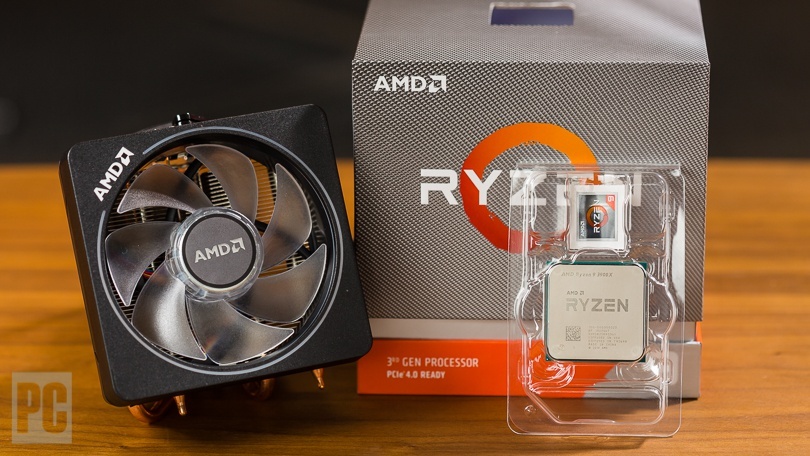
The recent arrival of the AMD 3rd-generation Ryzen and with it, the flagship Ryzen 3900x, put enthusiasts on notice. Processors with 12 cores have typically only been available in HEDT (high-end desktops). While this chip is currently one of the most expensive mainstream chip on the market, it’s also the only one to offer 12 cores and 24 threads, a significant jump from the 8 cores from the previous generation.
It also comes with a hefty base clock of 3.8GHz, making this a fantastic option four those who need some serious power four rendering and graphic design, as well as gaming. And while its single core performance is still slightly behind Intel’s, it still has more power than you’ll need.
The Ryzen 3900x also supports PCIe 4.0, which doubles the bandwidth over PCIe 3.0. Most mainstream devices such as SSDs and graphics cards currently use PCIe 3.0 so this is an exciting feature four future upgrades.
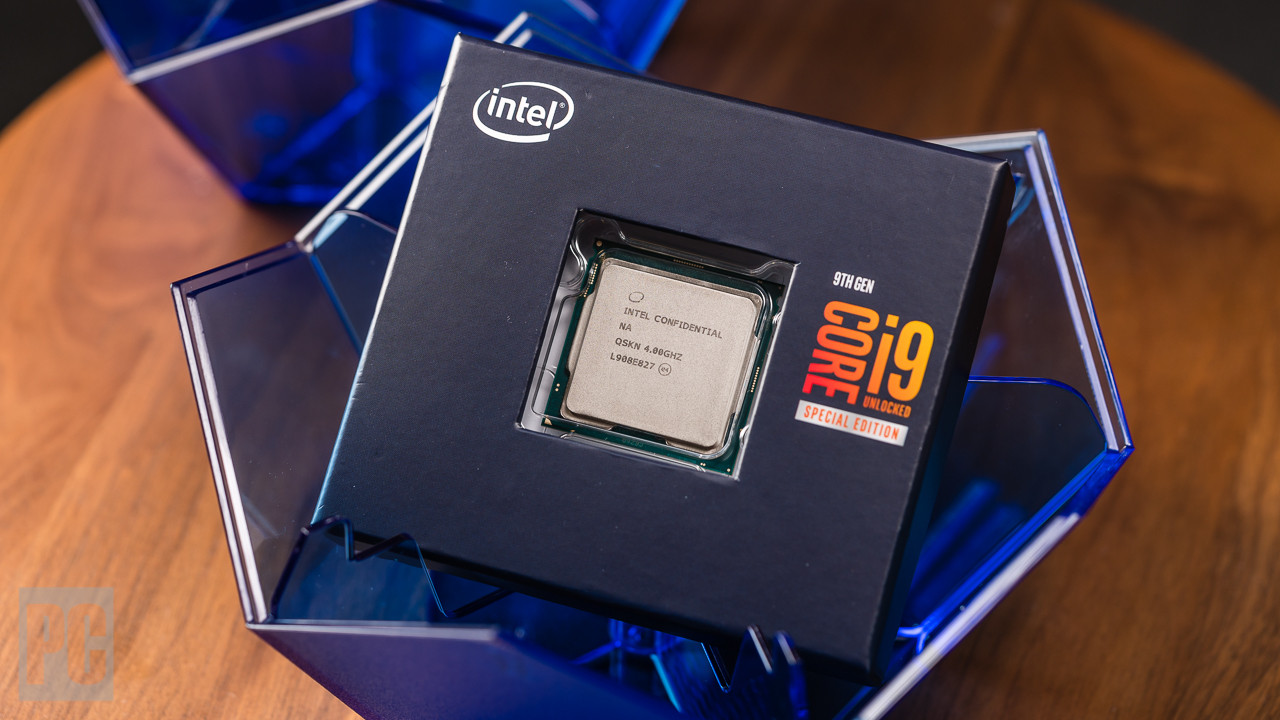
Intel i9-9900K
Best processor for content creation and gaming
Base Clock: 3.6GHz | Boost Clock: : 5GHz | Cores: : 8 | Threads: : 16 | L3 Cache: : 16MB
While Intel’s new flagship is among the most expensive mainstream processors available, it more than delivers as Intel’s first 8-core, 16-thread chip. The Intel Core i9-9900K is blazing fast with a 3.6GHz base clock, which can be overclocked to an incredible 5GHz. This is simply as good as you can get four single core performance.
This makes the i9-9900K ideal for gamers or anyone who needs amazing single core performance. However, despite the lower core count compared to AMD’s flagship, it still has more than enough juice to handle intensive tasks like video editing and rendering as well.
It is in some ways a minor improvement over the 8th-generation flagship i7-8700K, offering only slightly better single core performance on average. However, once you factor in the ability to boost to 5GHz and the extra cores, you’re looking at the perfect chip four anyone who wants to balance out workstation power and gaming prowess.
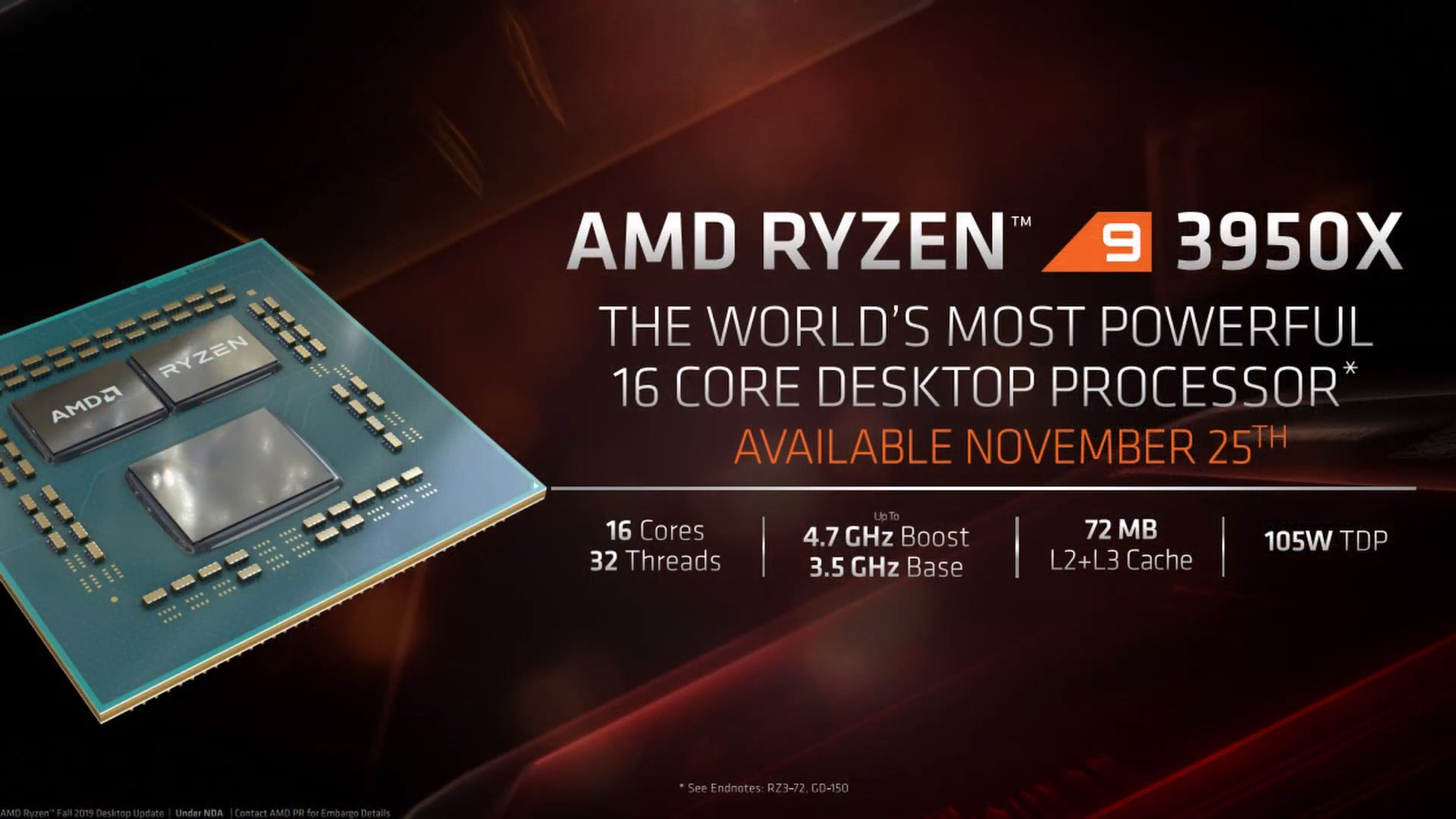
The AMD Ryzen 9 3950X squares up against the Intel Core i9-10980XE, which is impressive considering the AMD part’s lower price. The price doesn’t mean dramatic specification compromises. The 3950X has sixteen cores, which is two fewer than the Intel chip – but it’s still huge, and enough to scythe through creative workloads.
The AMD part has a base clock of 3.5GHz, which is faster than the Intel chip, and it peaks at 4.7GHz – barely any slower. It also has 64MB of L3 cache, which is more than Intel offers.
The 3950X punches above its weight in benchmarks. It’s faster than Intel in the majority of multi-threaded creative tools, including video applications like Handbrake and LuxRender. The AMD chip is just as quick as Intel in single-threaded applications, which has traditionally been AMD’s weak point. The 3950X was a little slower than Intel in some Adobe tools, but the AMD chip was never far behind. AMD’s chip relies on its X570 chipset and AM4 socket, which means the 3950X can be used in a wider and cheaper range of motherboards.
The 3950X only supports 128GB of dual-channel memory rather than the 256GB of quad-channel supported by Intel. AMD’s chip also has fewer PCIe lanes, although it does support PCIe 4.0. Whether you need concentrated PCIe 4.0 speed or more PCIe 3.0 lanes depends on your build and workflow.
These are minor complaints, though. In the majority of tests, the 3950X is faster than Intel’s rival chip, and it’s much cheaper. If you need a CPU for extreme creative work, it’s an incredible choice.
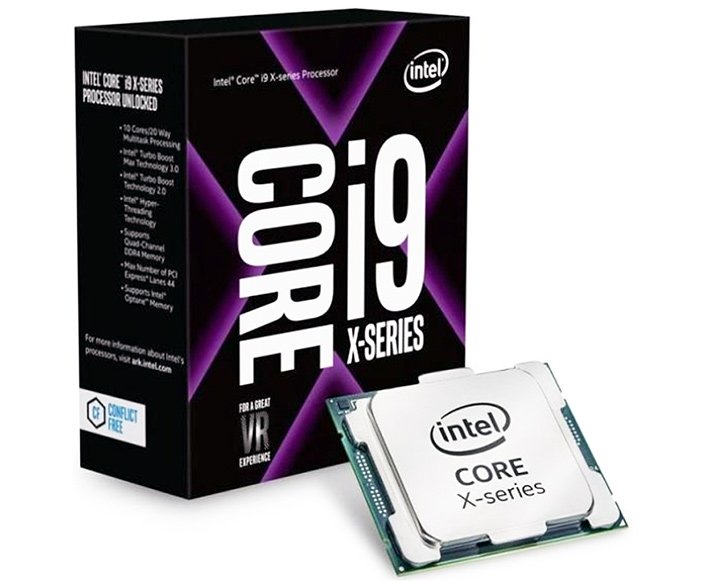
Intel Core i9-10980XE
A fast and versatile, but expensive processor
Base clock: 3GHz | Boost clock: 4.8GHz | Cores: 18 | Threads: 36 | L3 cache: 24.75MB
The Intel Core i9-10980XE is more expensive than its key rival – the AMD Ryzen 9 3950X (above). The i9-10980XE has solid clock speeds of 3GHz and 4.8GHz, and this pricier part has two more cores than its competitor.
The Intel chip is very fast, but its extra cores don’t allow it to open a consistent lead over AMD. The i9-10980XE is frequently quicker in some Adobe apps, like Premiere Pro, and in some development tools like Corona. However, Intel falls behind in many other tools, including lots of 3D modelling applications and in rendering and encoding apps like Handbrake and Blender.
Indeed, many of the Intel chip’s advantages come outside of benchmarks. The i9-10980XE supports 256GB of quad-channel memory, which is twice as much as the dual-channel AMD chip. The Intel CPU has more PCIe lanes than the 3950X – albeit using the slower PCIe 3.0 standard.
The Intel chip includes hardware protection for key security vulnerabilities, like Spectre and Meltdown, and DL Boost feature improves performance in AI-focussed apps. Intel’s CPU uses the existing X299 platform and LGA 2066 socket, which offers superb connectivity and high-end features but is generally more expensive than AMD’s equivalent X570 platform and AM4 socket – and AMD’s hardware will have a longer lifespan.
The i9-10980XE is little slower than the 3950X overall and it is more expensive, but it remains a better option if you need its extra cores, its quad-channel memory abilities or its extra PCIe lanes – or if it’s faster in your favoured applications.
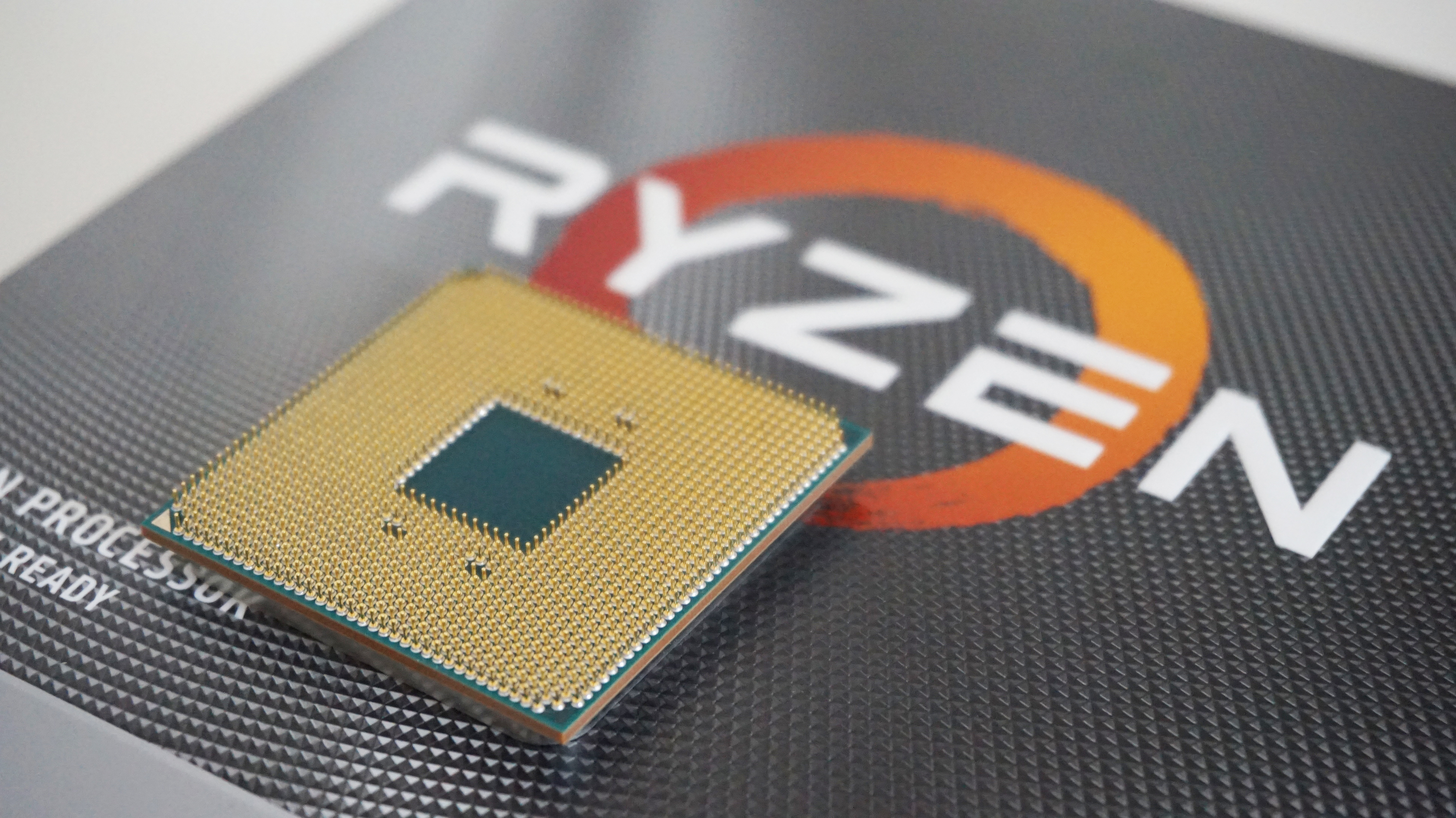
What makes the AMD Ryzen 5 3600 so attractive is its price. It comes in at a significantly lower price point compared to either AMD or Intel’s flagship chips, but its performance is still on point. It comes with a great base clock speed and a decent, albeit lower, 6 cores, making this one perfect for anyone that wants to do less intensive video editing and perhaps a bit of gaming.
It might not quite hold up as well under intensive loads like the flagship CPUs, but if price is a concern, then the AMD Ryzen 5 3600 is an excellent compromise.
Like the flagship 3900x listed above, PCIe 4.0 support is a welcome addition to this line of processors. Even if there aren’t many peripherals that utilise it yet, that’s certain to change. Once it does, you’ll be able to take advantage of even faster transfer speeds from the newest SSDs and graphics cards. Just remember to spring for a compatible motherboard.
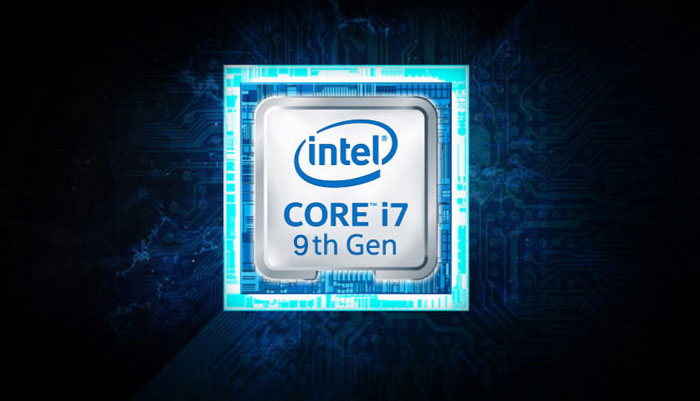
With Intel i9 processors now powering a fresh wave of new and refresh laptops, why pick up the Intel i7-9750H? Well, for one, the i9s have a tendency to overheat, and with a device as compact as a laptop, thermal throttling is a real concern. The i7 also has a higher base clock – good for single core tasks like gaming – while also delivering a powerful performance with its more than adequate 6 cores.
The i7-9750H won’t have as much juice as its desktop counterpart. However, it is powerful enough to be a mobile solution for video editing and graphic design, so you can tick things off your work to-do list while on the go.
This chip is only a minimal upgrade from the previous generation i7-8750H, so only jump on the newer chip if you have to upgrade from an older laptop. If you’re holding onto a computer with last generation’s chip, you’re better served just waiting for the next generation processor. Also note: Intel i7 9750H is a laptop-only processor, and isn't sold individually.

